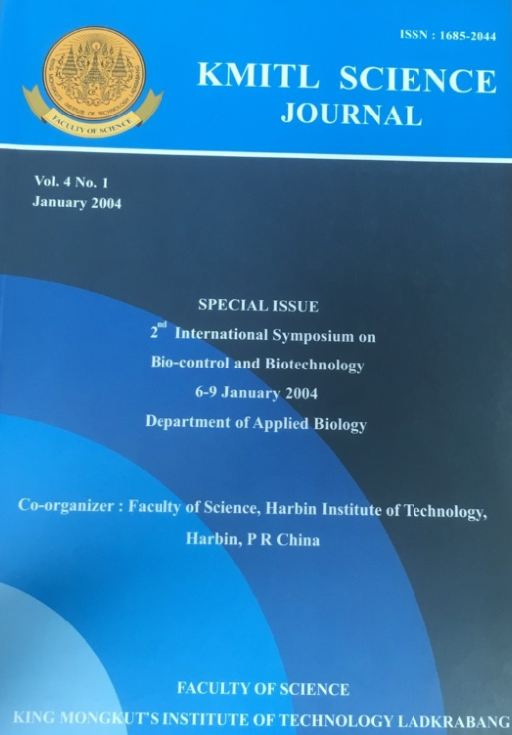The succession of mango insect pests with emphasis on mango twig borer and its natural enemies in relation to mango penology was determined under Central Luzon State University and farmer’s field conditions. Visual and destructive sampling were used for monitoring of mango twig borer’s adult and larva respectively. Mobile mango insect pests and natural enemies were monitored using insect net, while immobile insects including the immature ones were monitored visually. Small insects and other arthropods were collected by tapping the branches underneath a white material. Nocturnal and flying insects were monitored through the use of yellow sticky trap. Twenty branches from each stratum, ten from inner and ten from outer branches were used as sample. Weekly monitoring was done in each location.
Result showed that at CLSU condition, the occurrence of mango twig borer started at flushing or nine to ten months before flower induction (90 to 300 DAFI) up to pre- opening of flower (26-29 DAFI). No mango twig borer was found during flower opening to blooming stages (15-22 days after bud break or 36 DAFI). Population was higher at the middle strata of the outer branches of canopy. Under farmer’s field condition, no twig borer was observed at pre-opening up to fruit set stages.
Other mango insect pests observed under farmer’s field and CLSU conditions were corn silk beetle, mango hopper and fruit flies. Corn silk beetle occurred during flushing stage. Mango hopper appeared from bud break (7-12 DAFI) until fruit setting (39-49 DAFI). While fruit flies were noted from fruit setting to fruit maturity (19-120 DAFI). Seed borers were observed from fruit setting to fruit development up to harvesting.
Natural enemies such as Eucophyla smaragdina, lace wings, staphylinid beetle praying mantis, spiders and wasps were also observed throughout the growing period of the crop. But as to what specific insect pest they predate or parasitized was not determined.
Keywords: Mango twig borer, Nephonoclea spp. Coleoptera, Cerambycidae, natural enemies, Mangifera indica
Corresponding author: E-mail:cast@kmitl.ac.th
Roxas*, A. C. ., & Buenaventura, E. . (2018). A Study of Mango Insect Pests with Emphasis on Mango Twig Borer, Nephonoclea spp. (Coleoptera: Cerambycidae) and Its Natural Enemies. CURRENT APPLIED SCIENCE AND TECHNOLOGY, 286-289.

https://cast.kmitl.ac.th/articles/151942